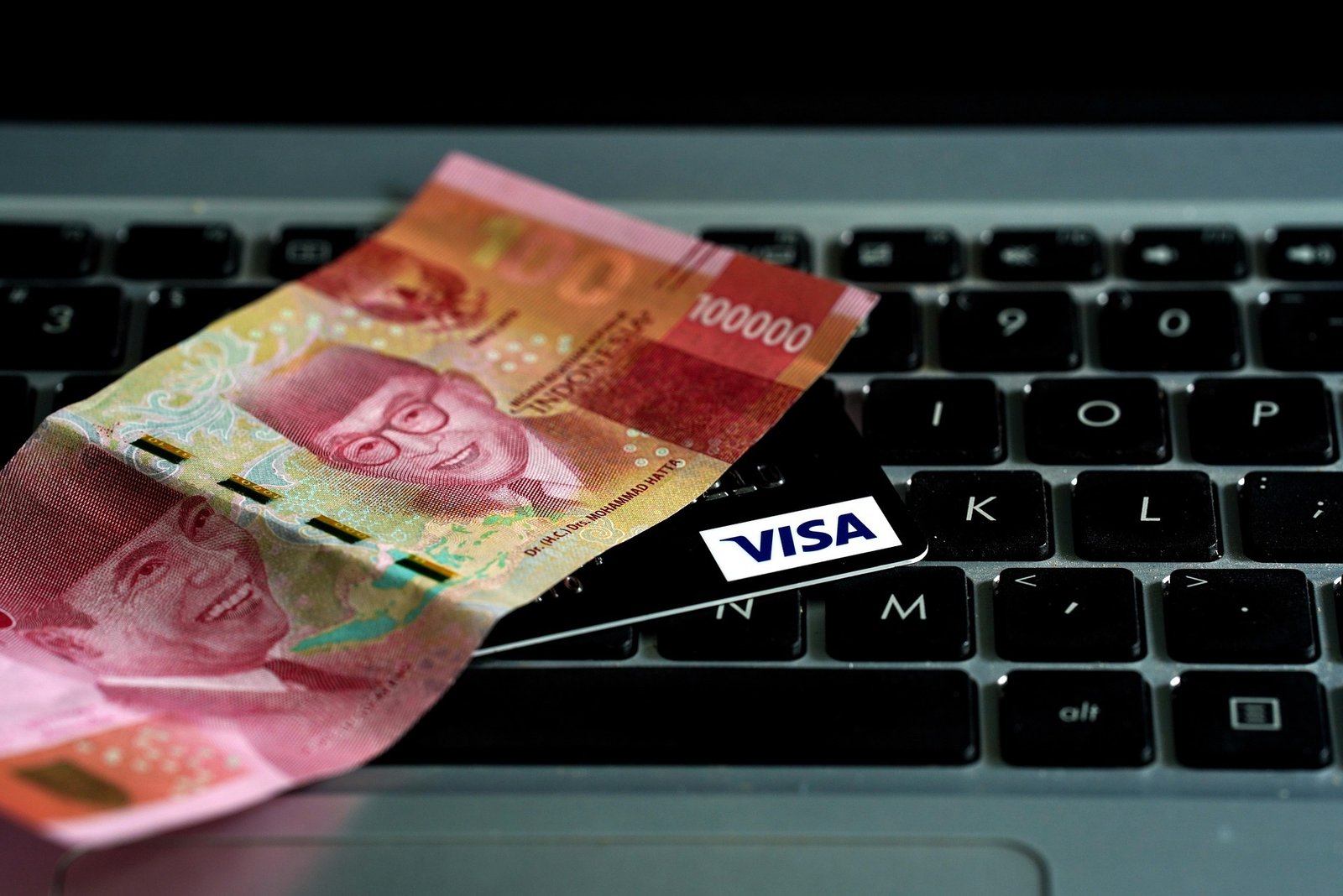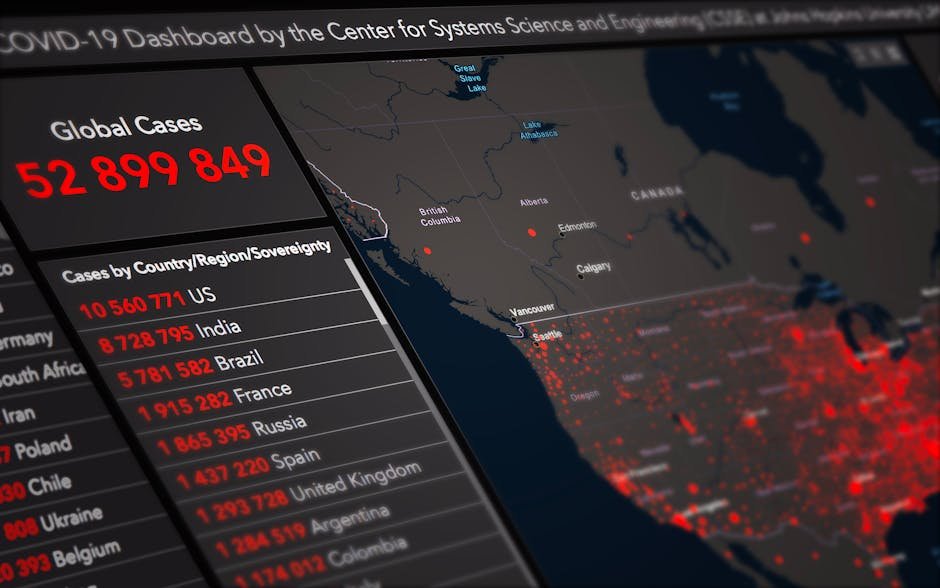Imagine setting up your laptop in a serene coworking space by Kanchanaburi’s river, coding in Nakhon Ratchasima’s lively markets, or growing your freelance business in Buriram, all backed by a 10-year visa that simplifies your stay. Thailand’s Long-Term Resident (LTR) Visa, introduced in 2022, is a top choice for digital nomads in 2025, with over 35 million nomads worldwide, per MBO Partners’ 2025 report, and 65% prioritizing stable visa options, per ThaiEmbassy.com. Yet, 35% face application hurdles, per VisaHQ.com. This ultimate guide covers what the LTR Visa is, who qualifies, how to apply, and why it’s a nomad’s dream. Ready to make Thailand your long-term hub? Let’s get started!
Why the LTR Visa is a Game-Changer
Digital nomads—whether content creators in Kanchanaburi or developers in Nakhon Ratchasima—lose $500–$2,000 USD yearly on visa runs, per VisaHQ.com. The LTR Visa offers a 10-year, multiple-entry stay, reducing red tape by 30%, per ForbesTravelGuide.com, and supporting $3,000–$6,000 USD/month gigs, per Freelancer.com. An X user shared earning $4,000 USD/month in Buriram with LTR’s tax perks. With 85% of Thailand’s coworking hubs boasting 100 Mbps Wi-Fi, per Coworker.com, 2025 is perfect for LTR nomads.
What is the LTR Visa?
The LTR Visa is a 10-year (5 years, renewable once) multiple-entry visa for high-potential foreigners, including digital nomads, retirees, and professionals, per Immigration.go.th. Overseen by the Board of Investment (BOI), it aims to attract 1 million applicants by 2027, per TATNews.org. Key features:
- Cost: 50,000 THB (~$1,500 USD) processing fee.
- Benefits:
- Annual immigration check-in (vs. 90-day reporting).
- Fast-track airport immigration and departures.
- 17% personal income tax rate; foreign income tax-exempt, per ThaiEmbassy.com.
- Work Permits: Available for most categories (3,000 THB/year), per BOI.
Who Qualifies?
- Wealthy Global Citizen:
- Assets: $1M USD.
- Income: $80,000 USD/year (past 2 years).
- Investment: $500,000 USD in Thai bonds/property/FDI.
- Wealthy Pensioner (50+):
- Passive income: $80,000 USD/year, or $40,000 USD/year + $250,000 USD investment.
- Work-from-Thailand Professional (nomads):
- Income: $80,000 USD/year, or $40,000–$80,000 USD with Master’s degree, IP ownership, or Series A funding.
- Employer: Company with $150M USD revenue (last 3 years).
- Highly-Skilled Professional:
- Income: $80,000 USD/year, or $40,000 USD with Master’s or 5+ years in tech/science.
- Dependents:
- Spouse (same-sex included, per 2024 update), children under 20, parents.
- Health insurance: $50,000 USD coverage or $100,000 USD deposit.
2025 Update: Income requirements eased (e.g., $80,000 USD not required for 2 consecutive years), per BOI.
How to Apply
Steps, per ThaiEmbassy.com and Immigration.go.th:
- Register: Sign up at https://ltr.boi.go.th/ (free). Takes 10 minutes.
- Submit Documents: Upload passport, bank statements, work contracts, insurance proof. Takes 2–3 hours.
- BOI Review: Processed in 20 working days, per BOI.
- Pre-Approval: Provide additional info (1–3 days).
- Visa Issuance: Pay $1,500 USD at a Thai embassy, consulate, or Bangkok’s One Stop Service Center within 60 days. Takes 1 hour.
Tip: Use VisaHQ ($29 USD/year) for document checklists to avoid delays, per VisaHQ.com.
Essential Tools for LTR Nomads
Tools, per Coworker.com:
| Tool | Cost (USD) | Best For | Key Feature |
|---|---|---|---|
| Wise | $0–$9 (card) | Banking | 0.4% exchange fees |
| NomadSIM | $5–$12 | Connectivity | 6GB data, 180+ countries |
| Notion | $0–$8/month | Organization | Custom templates |
| SafetyWing | $45/month | Insurance | 180+ countries, nomad-friendly |
| Skyscanner | Free | Travel | Budget flight search |
Top LTR Visa Destinations
- Kanchanaburi: $1,000 USD/month, 80 Mbps Wi-Fi, River Hub ($10 USD/day). Rent in Tha Maka ($400 USD/month) via Airbnb.
- Nakhon Ratchasima: $950 USD/month, 70 Mbps Wi-Fi, Korat Hub ($9 USD/day). Stay in Muang ($350 USD/month) via Booking.com.
- Buriram: $900 USD/month, 60 Mbps Wi-Fi, Work Hub ($8 USD/day). Live in Satuek ($300 USD/month).
- Lampang: $950 USD/month, 70 Mbps Wi-Fi, Co-Lampang ($9 USD/day). Rent in Mueang ($350 USD/month).
- Trang: $1,100 USD/month, 80 Mbps Wi-Fi, Trang Hub ($10 USD/day). Stay in Kantang ($400 USD/month).
LTR Visa Use Cases
- Kanchanaburi Freelancer: LTR ($1,500 USD) saves $1,000 USD/year on visa runs, earning $2,500 USD/month at River Hub ($10 USD/day) with NomadSIM ($12 USD/month).
- Nakhon Ratchasima Marketer: LTR supports $3,200 USD/month at Korat Hub ($9 USD/day), with Wise saving $100 USD/year on fees.
- Buriram Developer: LTR enables $2,000 USD/month at Work Hub ($8 USD/day), using Notion (free) for organization.
- Lampang Designer: LTR boosts $1,800 USD/month at Co-Lampang ($9 USD/day), with SafetyWing ($45 USD/month) for coverage.
- Trang Content Creator: LTR secures $2,300 USD/month at Trang Hub ($10 USD/day), booking flights via Skyscanner (free).
Challenges and Solutions
- High Income Requirements: 30% don’t meet $80,000 USD/year. Freelancer.com ($0–15% fees) generates $1,500 USD/month contracts, per Freelancer.com.
- Application Delays: 25% wait 4–8 weeks. VisaHQ ($29 USD/year) cuts delays by 20%, per VisaHQ.com.
- Insurance Costs: $50,000 USD coverage is steep. SafetyWing ($45 USD/month) meets needs affordably, per SafetyWing.
- Relocation Expenses: Flights cost $300–$1,000 USD. Skyscanner (free) saves $200 USD/year, per Skyscanner.
- Tax Complexity: 15% misunderstand tax rules. BOI’s guides clarify 17% rates, per ThaiEmbassy.com.
Financial Breakdown
- Costs: $45 USD/month (insurance); $1,500 USD (visa fee); $29 USD/year (VisaHQ).
- Savings: $1,000 USD/year (no visa runs); $100 USD/year (Wise fees).
- Setup Investment: $100–$500 USD (tools, eSIM, insurance).
- Total Budget: $1,000–$2,000 USD/month (first year, including living).
Start Your LTR Visa Journey
- Research: Explore https://ltr.boi.go.th/ (free). Takes 1 hour.
- Banking: Open Wise account ($9 USD card). Takes 10 minutes.
- Connectivity: Get NomadSIM ($12 USD/6GB). Takes 5 minutes.
- Organize: Set up Notion (free) for documents. Takes 15 minutes.
- Insure: Enroll in SafetyWing ($45 USD/month). Takes 10 minutes.
- Apply: Submit via https://ltr.boi.go.th/. Takes 1 hour.
- Book Hub: Reserve River Hub in Kanchanaburi ($10 USD/day). Takes 30 minutes.
Pros and Cons
- Pros:
- 10-year visa saves $1,000 USD/year, per ThaiEmbassy.com.
- 17% tax rate and exemptions boost income, per BOI.
- Fast-track airport services save time.
- Cons:
- $1,500 USD fee deters 20% of nomads.
- High income threshold excludes some.
- Processing takes 4–8 weeks.
Future Outlook
By 2027, Thailand anticipates 1 million LTR holders, generating 270 billion THB in economic impact, per TATNews.org. AI-powered visa processing could reduce delays by 50% by 2028, per TechCrunch, and more ASEAN countries may adopt similar long-term visas, per MFA.go.th.
Conclusion
The Thailand LTR Visa is a digital nomad’s gateway to a decade of opportunity, offering tax benefits, flexibility, and access to vibrant hubs like Kanchanaburi and Buriram. For $1,000–$2,000 USD/month, you’ll save $1,000 USD/year and build your dream career. Start with the BOI portal, secure SafetyWing insurance, and book a coworking space. Your Thai nomad adventure begins now!







